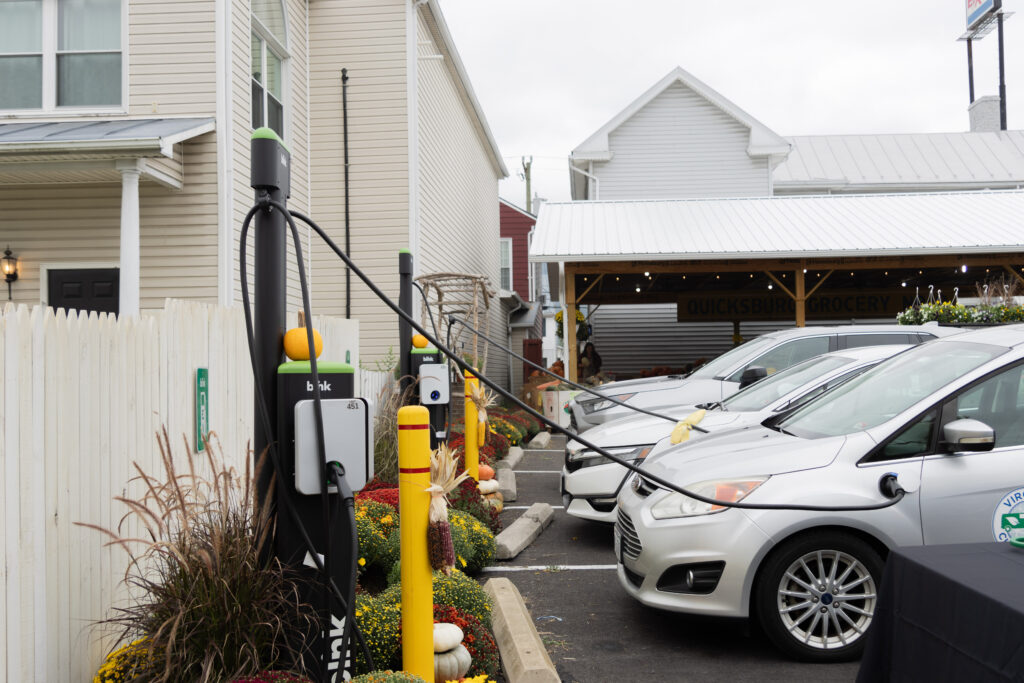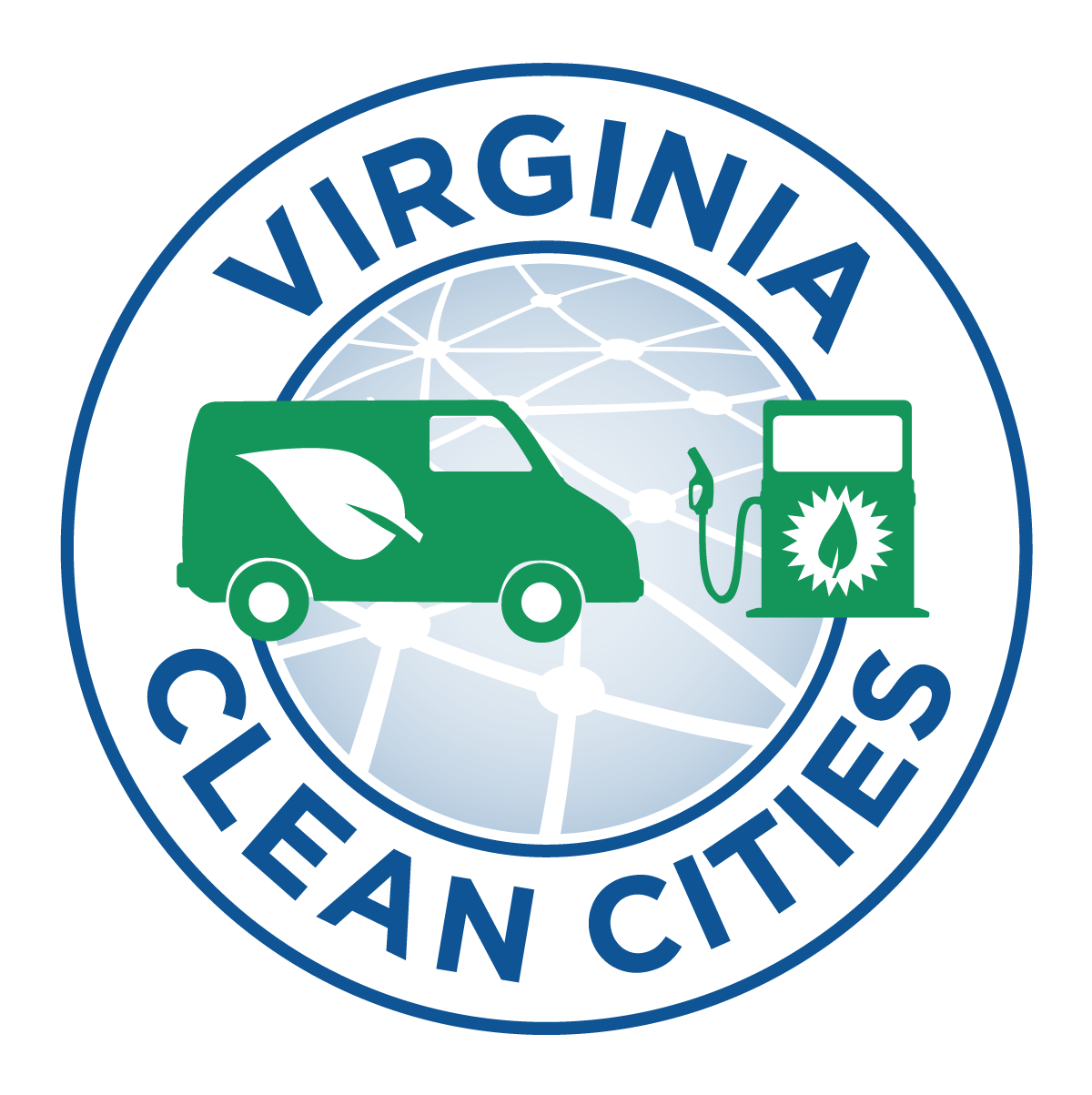
The transition towards electric vehicles (EVs) is accelerating, and with it comes the need for robust charging infrastructure. One critical decision lies in when to install this infrastructure: during the initial construction phase or as a later retrofit. This article delves into the available data on the cost implications of both approaches, highlighting the significant advantages of futureproofing EV charging spaces during the construction phase.
Cost Factors in Retrofitting EV Charging Infrastructure
Several factors contribute to the higher costs associated with retrofitting EV charging infrastructure:
- Demolition and repair of surface parking.
- Breaking and repairing walls.
- Longer conduit runs (also referred to as raceways) – Removing and repairing 100 – 300 linear feet of surface parking to add conduit can cost over $10,000 in demolition.
- Upgrading electric service panels.
- Soft costs including permits, plans, inspections and project management.
Government Regulations and Building Codes
Many state and local governments have recognized the importance of EV parking spaces and have implemented building codes to futureproof EV charging infrastructure. This forward-thinking approach significantly mitigates the expenses associated with later retrofits.
Case Studies Demonstrating Cost Savings
Pacific Northwest National Laboratory (PNNL) Case Study:
The PNNL’s “Economic Analysis” section provides compelling evidence for the cost-effectiveness of installing EV charging infrastructure during new construction. The study reveals that retrofitting Level 2 EV charging stations can be several times more expensive than installing them during the initial construction phase. Savings arise from avoiding retrofit costs such as wall alterations, longer raceways and expensive service panel upgrades.
City of Oakland’s EV Readiness Grant Report:
This report outlines cost savings estimates per parking space for building new EV charging spaces compared to retrofits. The figures illustrate substantial savings when EV infrastructure is incorporated during the initial construction phase.
California Air Resources Board (CARB) Analysis:
CARB’s study underscores the financial benefits of installing EV charging infrastructure during new construction. By avoiding retrofit costs related to parking lot trenching, electrical service upgrades, and panel enhancements, substantial savings can be achieved.
Additional Resources: SWEEP
SWEEP’s Guide to EV Infrastructure Building Codes page offers a wealth of resources emphasizing the cost advantages of futureproofing EV charging spaces. Notably, the installation costs during the initial construction phase can be four to six times less compared to retrofitting. The additional retrofit expenses encompass labor, demolition, trenching, circuit balancing, and new permitting costs.
The decision to incorporate EV charging infrastructure during the initial construction phase or as a later retrofit is a critical one. The data strongly supports the cost-effectiveness of futureproofing EV charging spaces during the construction phase. By avoiding expenses related to demolition, alterations, and upgrades, substantial savings can be realized. Government regulations and building codes further solidify the case for forward-thinking planning in the face of our electric future.
Sources:
The Technical Response Service (https://afdc.energy.gov/contacts.html) at technicalresponse@icfi.com
Southwest Energy Efficiency Project (SWEEP). “Guide to EV Infrastructure Building Codes.” https://www.swenergy.org/ev-infrastructure-building-codes.
Pacific Northwest National Laboratory (PNNL). “EV Charging for Residential and Commercial Energy Codes.” https://www.energycodes.gov/sites/default/files/2021-07/TechBrief_EV_Charging_July2021.pdf.
City of Oakland. “EV Readiness Grant Report.” https://www.energy.ca.gov/sites/default/files/2021-05/CEC-600-2020-025.pdf.
Energy Solutions. “PEV Infrastructure Cost Effectiveness Summary Report.” https://energy-solution.com/wp-content/uploads/2016/09/PEV-Infrastructure-Cost-Effectiveness-Summary-Report-2016-07-20b.pdf.
California Air Resources Board (CARB). “EV Charging Infrastructure: Nonresidential Building Standards.” https://ww2.arb.ca.gov/sites/default/files/2020-08/CARB_Technical_Analysis_EV_Charging_Nonresidential_CALGreen_2019_2020_Intervening_Code.pdf.
